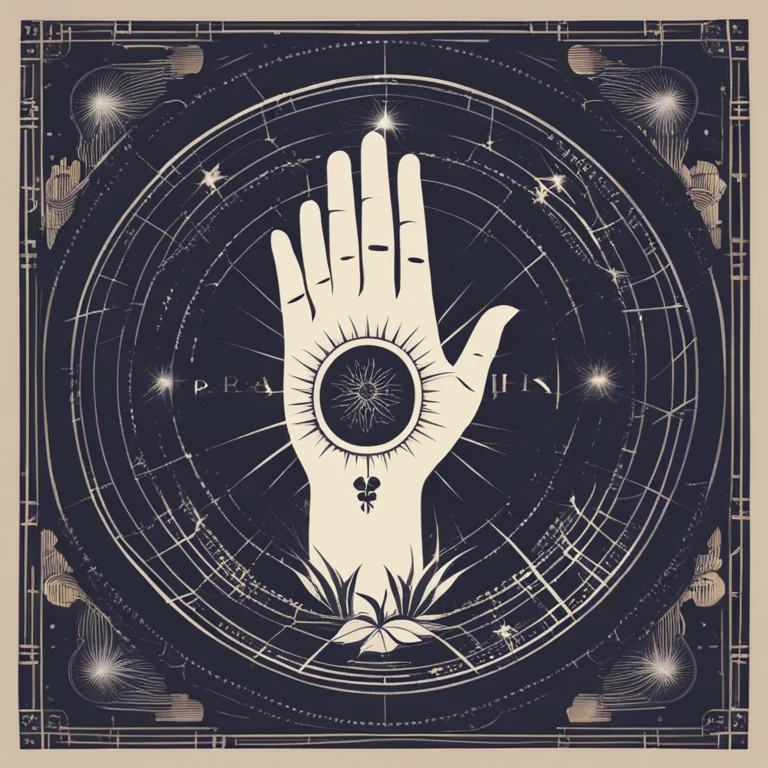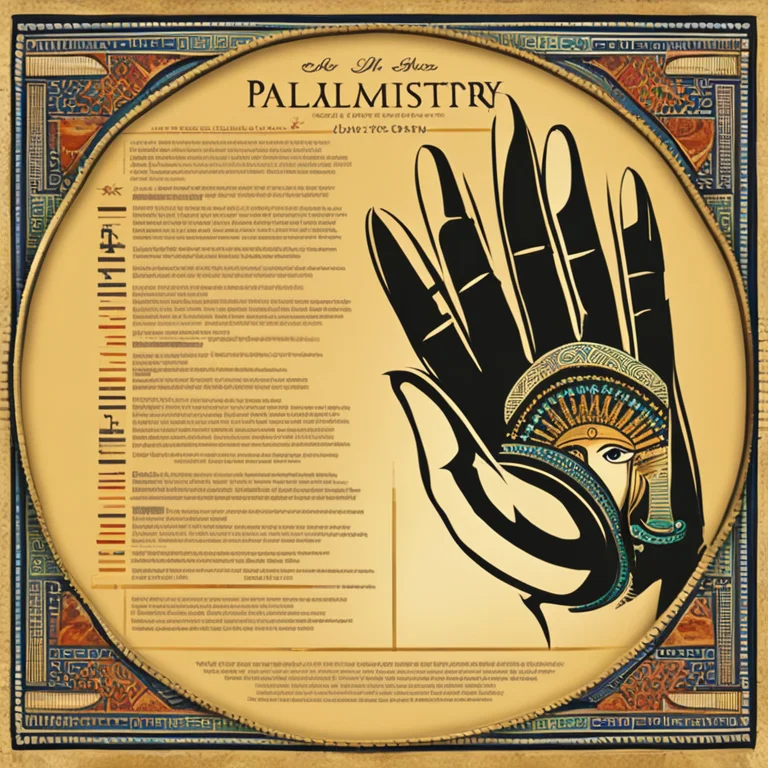
The Palmistry Debate: Is There Truth in Hand Reading?
Delve into the debate surrounding palmistry's validity and explore whether hand reading holds any truth or remains an ancient art shrouded in mystique.
article by Nora Pennington
Palmistry's Ancient Origins and Purpose
Palmistry, also known as chiromancy, has been practiced for thousands of years, with roots in various ancient cultures including Indian, Chinese, and Egyptian traditions. Its purpose was to predict the future and understand an individual's personality traits based on the lines, shapes, and sizes of the hands and fingers. Those quintessential lines on the palms, so they believed, held secrets to an individual's life path, love life, and even longevity. While modern viewpoints vary significantly, it's intriguing to note how this ancient method has been resilient through time, evolving and adapting to contemporary interests and beliefs.

Scientific Scrutiny and Skepticism
From a scientific perspective, palmistry has often faced significant skepticism. Extensive scientific studies and empirical research have yet to provide concrete evidence that conclusively backs up the claims made by palmistry practitioners. Critics argue that the practice is based on the Forer effect, where individuals find vague and general statements personally meaningful, leading to a subjective validation of palm readings. This skepticism, however, has not hindered the practice's popularity, as people continue to seek self-understanding through various means, including palmistry.

The Role of Psychology in Readings
Interestingly, some assert that palmistry can be beneficial from a psychological standpoint, not as a predictive tool but as a reflective one. Hand readings often prompt introspection, allowing individuals to ponder aspects of their personality or life that they might not have considered before. In this respect, palmistry could act similarly to therapeutic techniques, fostering a conversation between practitioner and client that may lead to personal insights and self-discovery, irrespective of the method's scientific credibility.

Modern-Day Palmistry: Entertainment or Insight?
In the digital age of 2024 and beyond, palmistry has seen a resurgence as both an entertainment form and a means of personal exploration. The proliferation of smartphone apps and online services offering palm readings points to a continued fascination with what our physical attributes might say about us. Such services blend the lines between ancient belief systems and modern-day tech, sometimes employing algorithms and machine learning to offer a unique spin on the traditional palm reading experience.
Personal Belief and Individual Experience
Ultimately, whether palmistry "works" or not may depend heavily on personal belief systems and the value one places on individual experiences. Proponents often speak of uncanny accuracies and enlightening sessions that guide their life choices, while skeptics remain unconvinced, seeking more concrete proofs. It is, perhaps, one of those areas of human curiosity where subjective experience reigns supreme, and the proof is in the individual's interpretation.
The Future of Palmistry
The future of palmistry is likely to continue to be a blend of curiosity, controversy, and cultural exploration. As it stands, palmistry does not have the scientific backing to claim it as a reliable tool for predicting the future or uncovering one's definite personality traits. Yet, its popularity persists, perhaps as a testament to our innate desire to understand ourselves and our place in the grand tapestry of life, through any means available to us, scientific or otherwise.
Published: 1/11/2024
Modified: 1/11/2024
More predictions
Come back here soon to learn more about yourself and your future


The Basics of Palm Reading: A Beginner's Guide
Discover the basics of palm reading in this comprehensive guide aimed at beginners interested in the ancient practice of palmistry.


Palm Lines: A Guide to Your Hands' Secrets
Learn the art of reading palm lines with our straightforward guide. Discover what your hands reveal about your personality, destiny, and life!


Jupiter Mount & Palmistry:Exploring The Significance
Delve into the secrets of the Jupiter mount on your palm and discover how it reflects your leadership and ambition.